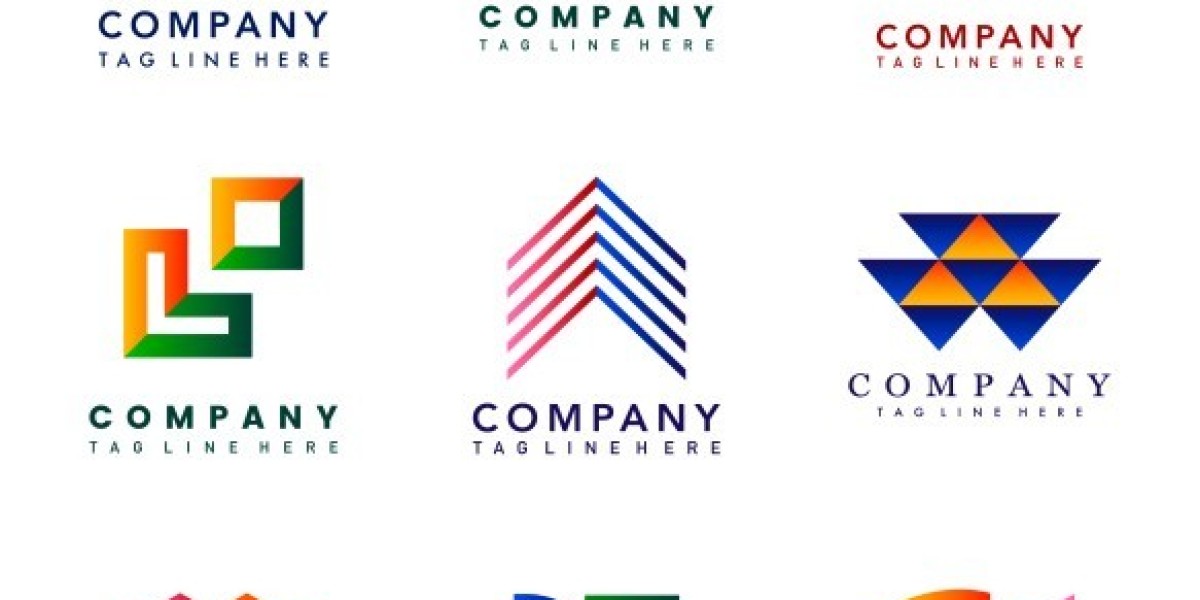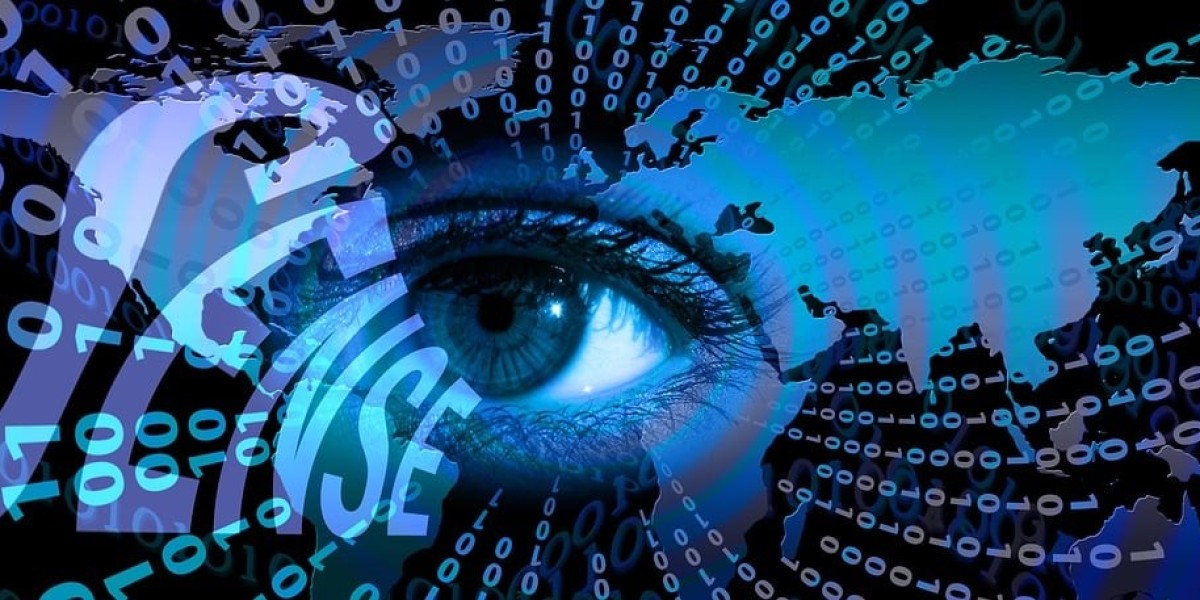In the realm of design, every choice carries weight and significance. One of the most powerful tools at a designer's disposal is color. The hues and shades chosen for a logo can evoke emotions, convey messages, and establish connections with the audience. Welcome to a journey through the world of color psychology in modern logo design, where the art of aesthetics meets the science of perception.
The Language of Color: A Brief Overview
Colors have a language of their own, and this language is universal. It transcends barriers of culture and language, speaking directly to our emotions and thoughts. It's no wonder then that logo designers harness this inherent power to craft visual identities that resonate deeply with the intended audience.
1. The Primary Players: Red, Blue, and Yellow
The primary colors – red, blue, and yellow – lay the foundation for logo design. Each color brings its own set of connotations and emotional triggers. Red signifies passion, energy, and urgency. It's a color that demands attention, making it a popular choice for brands that want to create a sense of excitement and immediacy. Blue, on the other hand, exudes trustworthiness, stability, and calmness. It's a favorite among tech companies and financial institutions. Yellow, often associated with the sun, radiates positivity, warmth, and optimism. Brands looking to convey a friendly and approachable image often incorporate yellow into their logos.
2. The Warmth of Emotion: Oranges and Yellows
Warm colors like orange and yellow are known for their ability to evoke emotions. Orange, a blend of the energy of red and the cheerfulness of yellow, exudes enthusiasm and creativity. Brands targeting a youthful audience or those seeking to showcase innovation often opt for orange in their logos. Yellow, as mentioned earlier, radiates positivity and is hard to ignore. It's no surprise that fast-food chains often use yellow to stimulate appetite and convey speed.
3. The Cool Composure: Blues and Greens
Cool colors, notably blue and green, are emblematic of tranquility and reliability. Blue, in its various shades, remains a dominant force in the logo design landscape. Dark blues emanate professionalism and security, making them a popular choice for corporate entities. Lighter blues evoke a sense of openness and communication. Green, strongly associated with nature, symbolizes growth, health, and freshness. Brands focusing on sustainability and wellness frequently incorporate green into their logos.
4. The Bold & Striking: Reds and Blacks
Red, as the color of passion, is a double-edged sword. It can evoke strong emotions, including excitement and even urgency, but it can also signal danger or caution. Brands seeking to make a bold statement or promote energy often gravitate towards red. Black, on the other hand, represents sophistication and timelessness. It's a classic choice that exudes luxury and elegance. However, when overused, black can also convey a sense of heaviness or formality.
5. The Purity of Neutrals: White and Gray
Neutrals like white and gray might seem devoid of emotion, but they carry their own significance. White signifies purity, simplicity, and clarity. It's a popular choice for healthcare and technology companies. Gray, with its balanced and neutral nature, is often seen as practical and mature. Many modern brands aiming for a minimalist and sleek look incorporate gray into their logos.
6. The Playful Spectrum: Purples and Pinks
Purples and pinks bring a touch of whimsy and playfulness to logo design. Purple, often associated with creativity and luxury, can communicate a sense of exclusivity. It's used by brands looking to evoke a sense of mystery and elegance. Pink, on the other hand, is strongly linked to femininity and compassion. It's a color that can evoke feelings of nostalgia and sweetness.
7. The Impact of Contrast and Combination
The interplay between colors can amplify their individual effects. High contrast combinations, like black and white, create a sense of balance and clarity. Complementary colors, those opposite each other on the color wheel (e.g., red and green), create a dynamic visual impact. Analogous colors, those adjacent to each other (e.g., blue and green), offer a harmonious and cohesive look.
8. Tailoring to the Audience: Cultural Considerations
Color symbolism isn't universal; it can vary across cultures. For example, while white signifies purity in Western cultures, it represents mourning in many Eastern cultures. When designing logos for a global audience, it's essential to consider these cultural nuances to ensure that the chosen colors resonate positively.
Conclusion: Beyond Aesthetics
In the world of modern logo design, color psychology is a potent tool that goes beyond aesthetics. It's a strategic choice that shapes perceptions, influences emotions, and creates lasting connections between brands and their audiences. As designers continue to explore the intricate dance of colors, we witness the creation of visual identities that not only captivate but also leave an indelible impact. So, the next time you gaze upon a logo, remember that the colors aren't just a visual treat – they're a carefully crafted language that speaks directly to your heart and mind.








